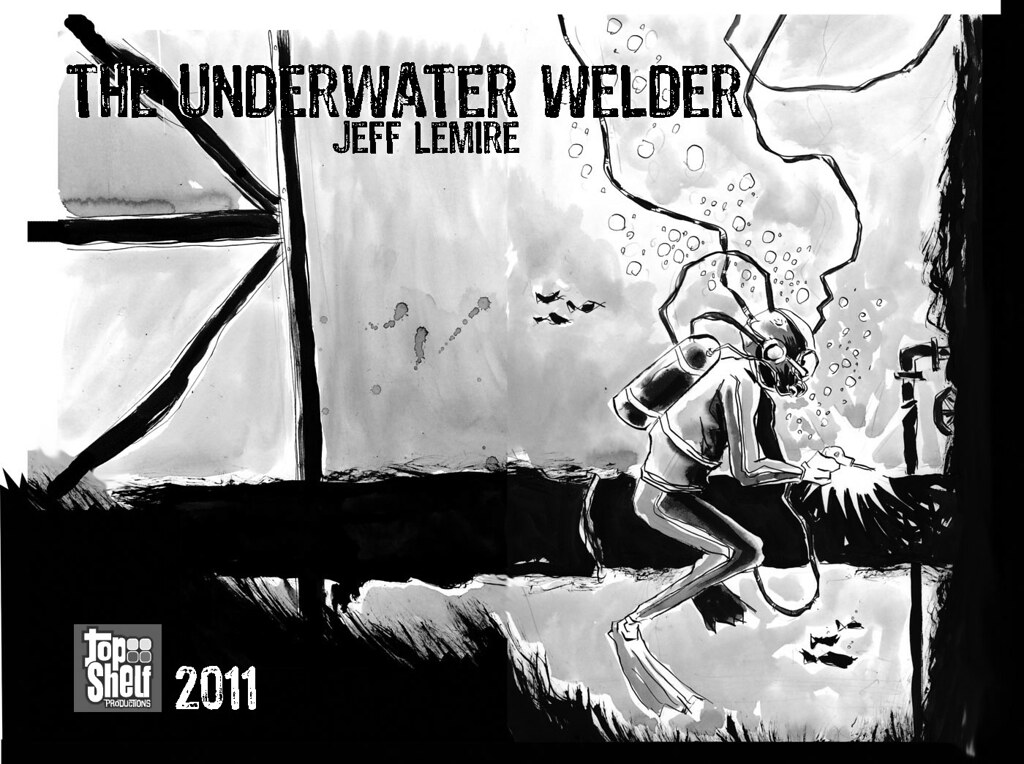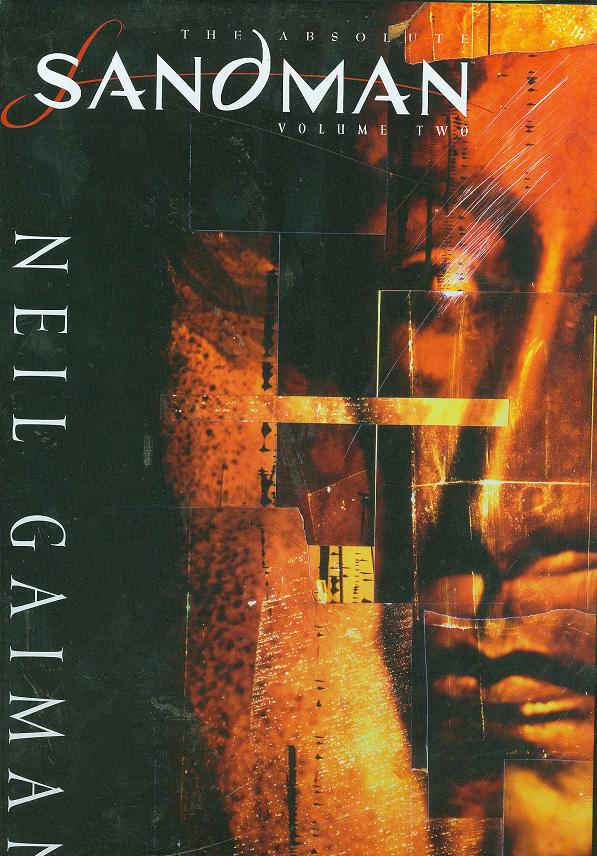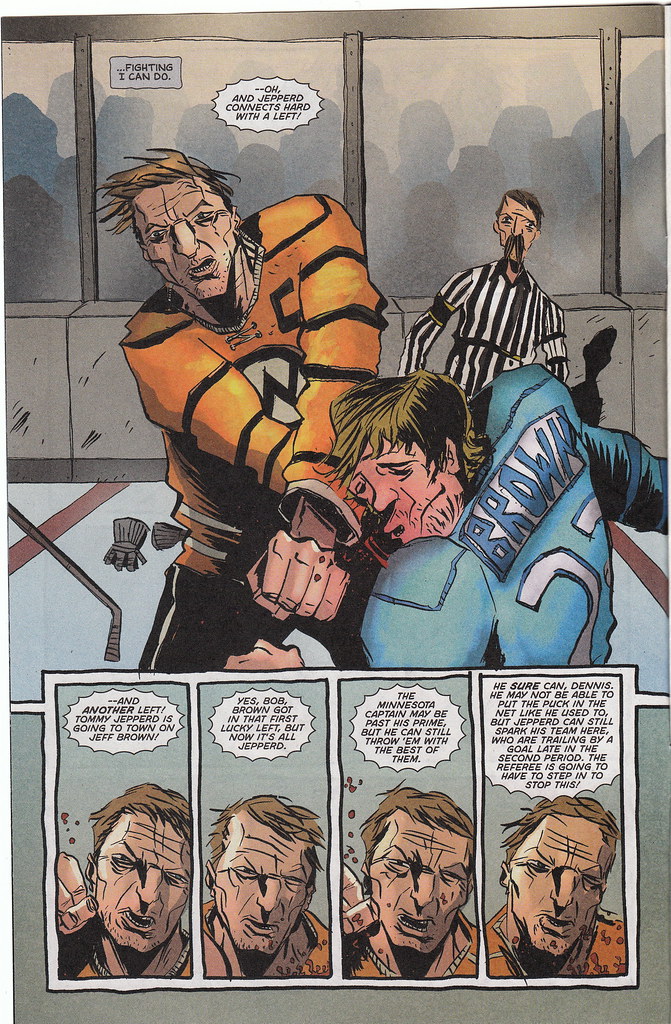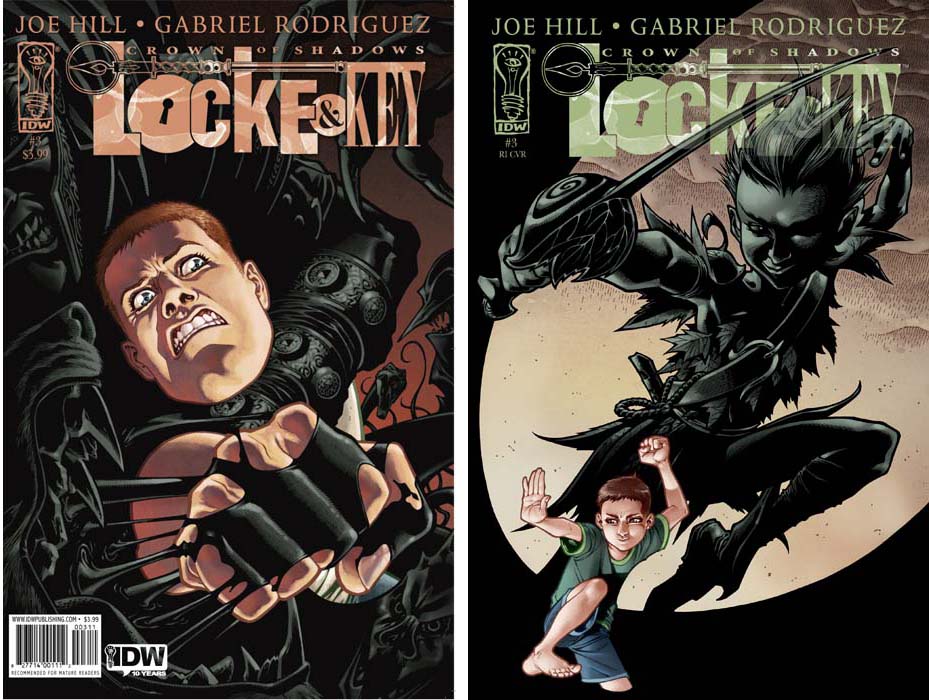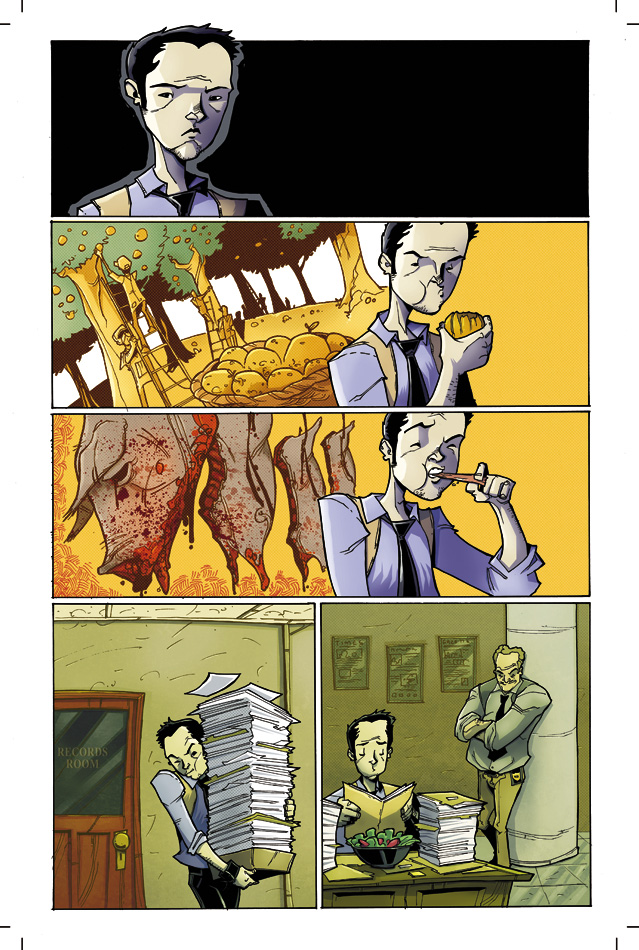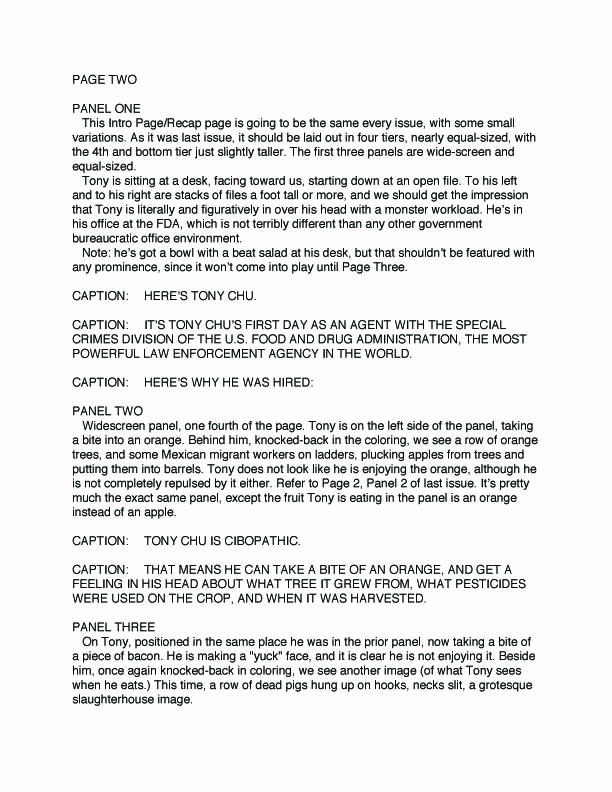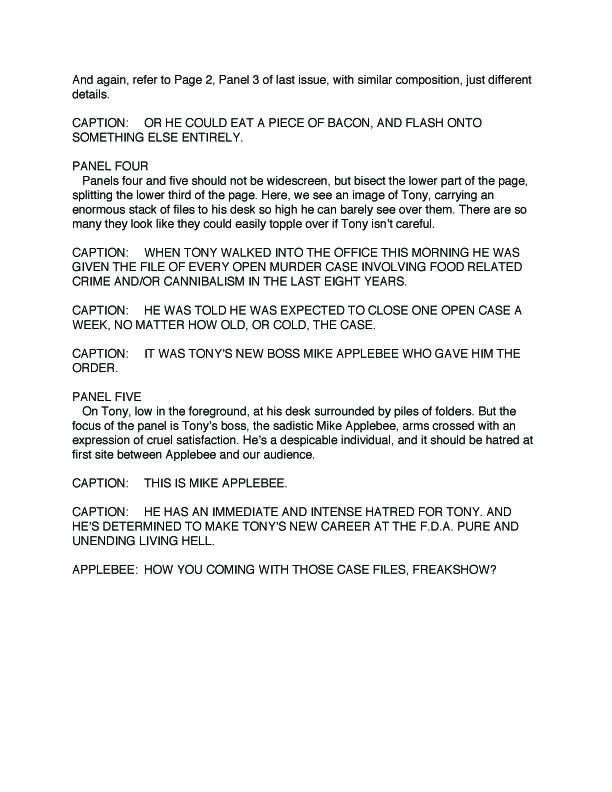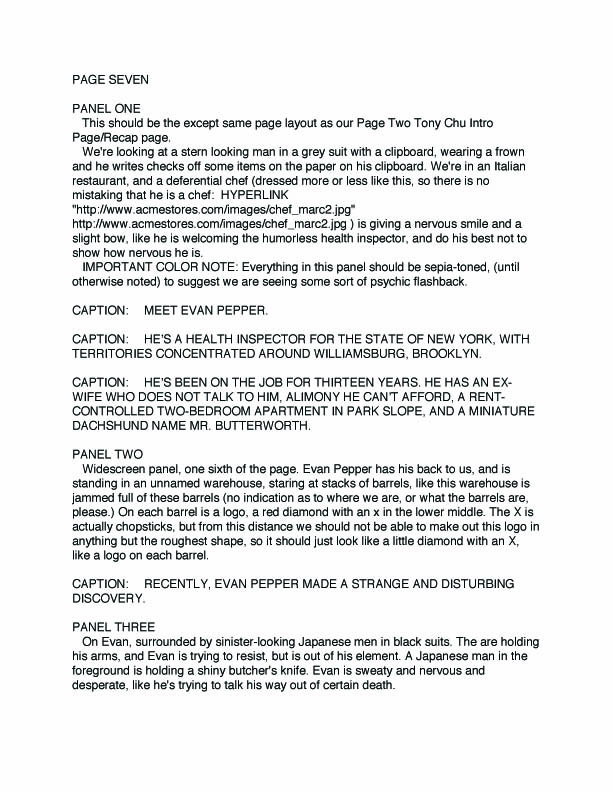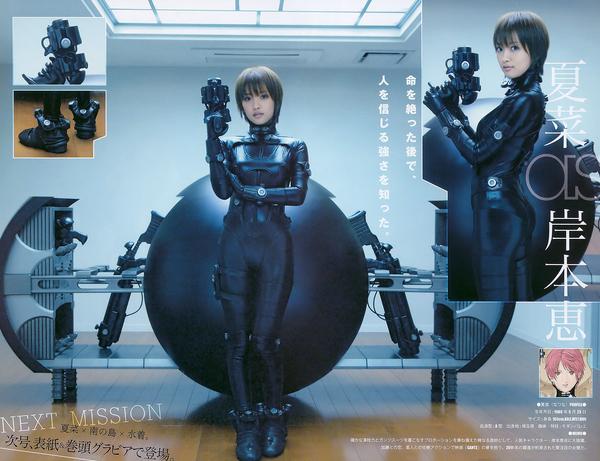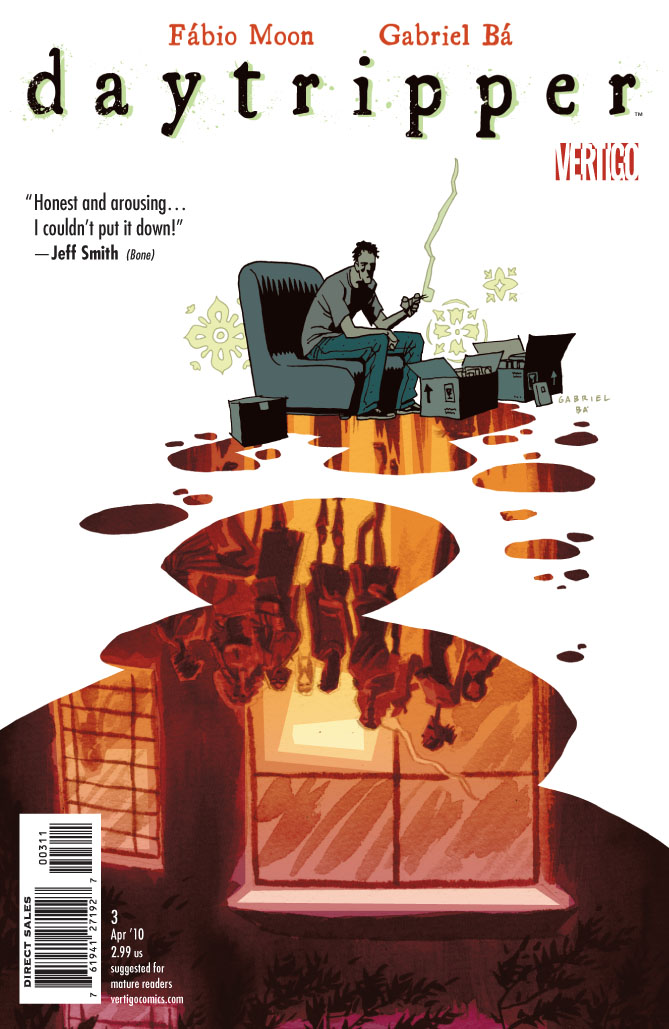It's been a long journey for me and the "Dark Tower." That may or may not be appropriate, since it took Stephen King two decades to finish his - and I love being able to use this - magnum opus.
I read the first "Dark Tower" book, "The Gunslinger," and loved the world King had created, a world that had "moved on," which always seemed like a vague reference to nuclear winter, or some sort of irreversible plague. After moving on, King's fictional world (which is called "Mid-World" within the novels) became something akin to a Sergio Leoné film mixed with a Robert Jordan novel, which is essentially a "Lord of the Rings" facsimile; but I'm not here to debate the ingredients that went into the melting pot in order to give us the "Dark Tower" books (I'd be talking about the Robert Browning poem that inspired it, surely; a guy's gotta' have standards).
Nope, this is all about me. After I read "The Gunslinger" I had to wait until I got a hold of the second novel, "The Drawing of the Three." Maybe six or seven months passed before I did, and at that point I decided to re-read the first. What happened? Thanks to "The Drawing of the Three" I decided the "Dark Tower" wasn't for me. Not only did King take the reader out of Mid-World, but he gave us some awful dialect, a black woman from the 60s, and it may or may have not been accurate, but it was certainly heavy-handed, and detracted from the narrative.
I put the book aside, and read something else. Deep inside my brain there was a tiny mechanism at work, though, and it eventually led me back to the novel, and I powered through the awful dialogue, and finished. So, after maybe a two year period, I had read the first two novels, and I immediately started the third.
Something happened to me - after finishing the third novel, mind you - that made my interest in the "Dark Tower" novels evaporate completely. What I heard was a huge spoiler, one I won't repeat here, but I'll just say it violates one of the key storytelling rules I tend to live by, and knowing this I had to put aside my past enjoyment in favor of ensuring future smiles, and went about my life.
We weren't done, though, the tower and me.
- • -
There's a list of blogs I follow, or regularly visit, and one of these belongs to the artist Sean Phillips. He's done a ton of stuff, but is most known here in the states for being the penciller behind the comics "Criminal" and "Incognito," both written by Ed Brubaker.
He recently revealed on his blog that he'll be drawing the next chapter of the "Dark Tower" comics, and even posted a thumbnail page of the issue he's currently working on. He's since taken it down, probably after getting yelled at by his editor. This was enough for me to become interested in the "Dark Tower" comics, and actually drove me to seek out the ones I missed, and see what exactly there was to be missed.
First, I was missing art by Jae Lee, which was already enough for me to wish I'd been following the single issues. Along with that, the colors by Richard Isanove (both of these evident in that picture up there - whew) were beautiful, and perfectly rendered Mid-World and its inhabitants.
Oh yeah, it's also co-written by Peter David, and the worlds runner-up when it comes to knowledge of all things "Dark Tower" Robin Furth, second only to the dude who wrote the novels originally!
The first series, "The Gunslinger Born" deftly delivered the same style and content the leadoff novel of the "Dark Tower" books gave, a sci-fi-ish western-fantasy. Reading this series you can almost hear the sand whistling along the gusts of wind. Jae Lee's panels are either intense close-ups, á la Leoné, or sweeping landscapes á la John Ford. It isn't necessarily fair to only compare Lee to others, as he brings his own unique line work to the table, gives the reader both the grit needed, and the occasional (very occasional) softness.
David and Furth expand on what readers of the original novels know of Roland Deschain and his days as a gunslinger, and do not disappoint with the delivery of all the standards of a good western - action, love, revenge, jealousy, and moody characters affected by all of these.
Now here I am again, deciding whether I should complete the "Dark Tower" novels, despite knowing a huge twist within the seventh book, and knowing how completely I hate what King did. Maybe I'll look at it all like a journey, not unlike Roland Deschain's. He knew it would be difficult, knew without a doubt that there would be moments he would despair, and maybe even seek a way out.
That's pretty dramatic for a simple decision on what to read next, though.


